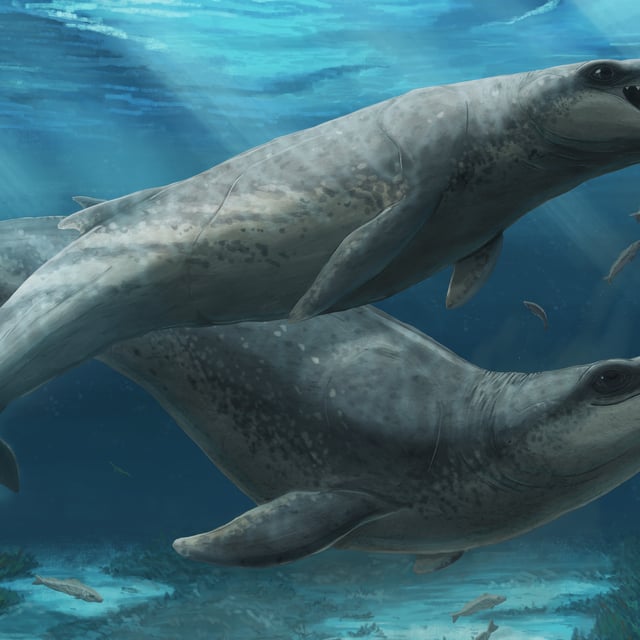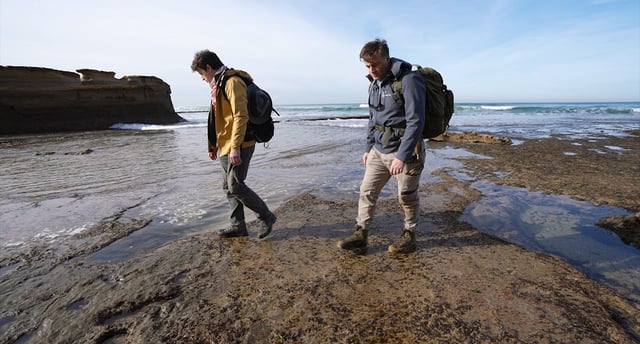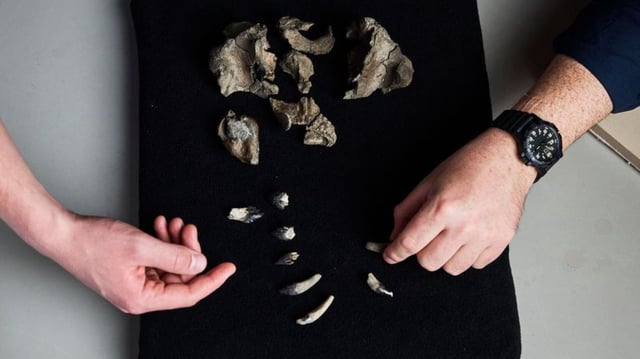Overview
- Researchers from Museums Victoria and Monash University published the formal description of Janjucetus dullardi this August in the Zoological Journal of the Linnean Society.
- The juvenile mammalodontid specimen, measuring about 2–2.2 metres, is the only known fossil to preserve both teeth and inner-ear anatomy among its kind.
- MicroCT imaging revealed delicate cochlea and ear bone structures that illuminate how early whales heard and hunted in Oligocene seas.
- As the third mammalodontid identified in Victoria and the fourth worldwide, the discovery underscores the Jan Juc Formation’s status as a hotspot for early whale evolution.
- Museums Victoria continues detailed analyses and anticipates further findings from Victoria’s Surf Coast, with plans to eventually display the fossil.



